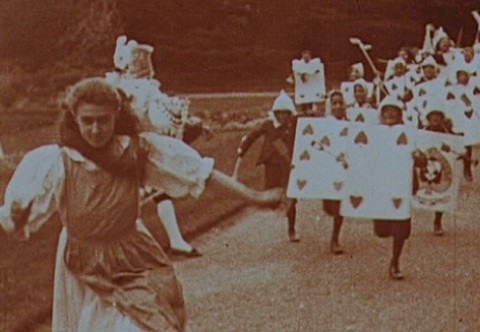Alice in Wonderland Syndrome
August 20, 2012
Alice in Wonderland Syndrome is a neurological condition affecting human visual perception, in which objects within an affected section of the visual field appear larger (macropsia) or smaller (micropsia) than normal, causing the subject to feel smaller (or larger) than they actually are. In Lewis Carroll’s famous 19th century novel Alice’s Adventures in Wonderland the title character experiences numerous situations similar to those of micropsia and macropsia. Speculation has arisen that Carroll may have written the story using his own direct experience. Alice in Wonderland Syndrome is quite common in childhood, especially as a temporary feeling of having very large hands, feet, or teeth. In less common form one might perceive objects, for example a book (or a deck of playing cards), to be the same size as a person. Stemming from this sympton, someone may feel undersized in relation to his or her surrounding environment.
The presence of exceptionally enlarged objects throughout the visual field is of interest to the researchers of The Incredible Shrinking Man. Macropsia can be self-induced through the use of auxiliary optics, insomnia medication, and the use of certain hallucinogens. This neurological what-if modelling can perhaps make us experience what it would be like to be small and help reduce some of the fear connected to the idea of shrinking the human body.
VIDEO with a detailed description of an Alice in Wonderland experience.